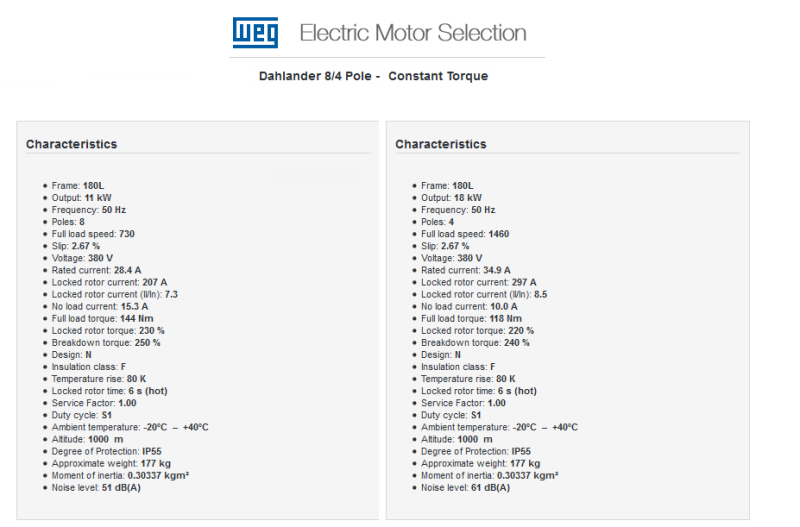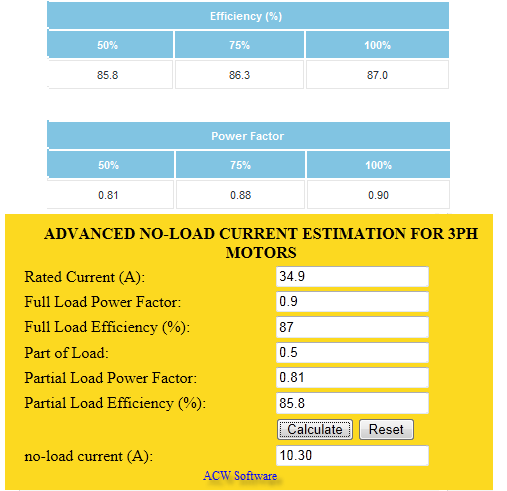Hello All,
Having a few issues here on a dual speed motor running a fan, and i think im getting close to the answer, but i need a bit more insight from some experts.
After a bit of research, I've come to the understanding that what I'm dealing with is a Dahlander motor, which essentially doubles the poles in the motor to change speeds at the same voltage, with the help of a particular type of motor starter (NOT a Delta-Wye motor, which has nothing at all to do with changing speeds, which seems to be causing a lot of confusion for some people).
My question is this: having studied the circuits for both the high and low speed, it seems to me that i should expect to see a substantial current drop in high speed, as what was once 2 windings in series (1 pole) has essentially become 2 windings in parallel (2 pole). Am i correct in assuming this?
If so, that would explain what im seeing, as high speed current is measuring quite a bit lower than low speed current, which seems counter-intuitive to people whom i dont think understand how the motor works.
However, the motor nameplate has FLAs that are near identical for both speeds. So, as you can imagine, its causing some debate on whats going on, not to mention that the motor is not only pulling more that the FLA in low speed, for reasons no one can seem to figure out.
Can anyone shed a bit of light on this for me?
Cheers
Having a few issues here on a dual speed motor running a fan, and i think im getting close to the answer, but i need a bit more insight from some experts.
After a bit of research, I've come to the understanding that what I'm dealing with is a Dahlander motor, which essentially doubles the poles in the motor to change speeds at the same voltage, with the help of a particular type of motor starter (NOT a Delta-Wye motor, which has nothing at all to do with changing speeds, which seems to be causing a lot of confusion for some people).
My question is this: having studied the circuits for both the high and low speed, it seems to me that i should expect to see a substantial current drop in high speed, as what was once 2 windings in series (1 pole) has essentially become 2 windings in parallel (2 pole). Am i correct in assuming this?
If so, that would explain what im seeing, as high speed current is measuring quite a bit lower than low speed current, which seems counter-intuitive to people whom i dont think understand how the motor works.
However, the motor nameplate has FLAs that are near identical for both speeds. So, as you can imagine, its causing some debate on whats going on, not to mention that the motor is not only pulling more that the FLA in low speed, for reasons no one can seem to figure out.
Can anyone shed a bit of light on this for me?
Cheers


